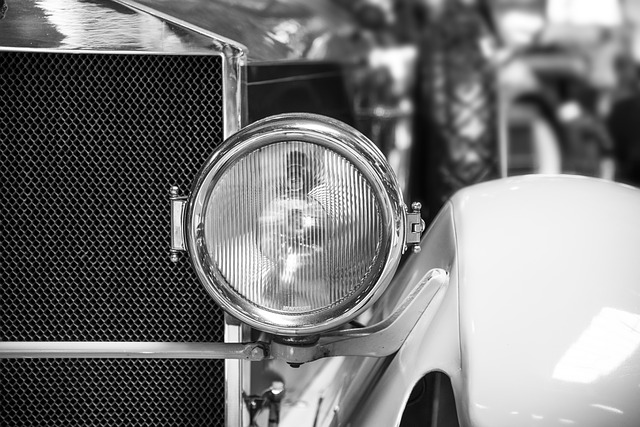
Chrysler was founded by Walter Chrysler on June 6, 1925, when the Maxwell Motor Company (est. 1904) was re-organized into the Chrysler Corporation. Walter Chrysler had originally arrived at the ailing Maxwell-Chalmers company in the early 1920s, having been hired to take over and overhaul the company’s troubled operations (just after a similar rescue job at the Willys car company).In late 1923 production of the Chalmers automobile was ended.
Then in January 1924, Walter Chrysler launched an eponymous automobile. The Chrysler 70 (also called the B-70) was a 6-cylinder, designed to provide customers with an advanced, well-engineered car, at a more affordable price than they might expect. (Elements of this car are traceable back to a prototype which had been under development at Willys at the time Chrysler was there).
Chrysler History
During World War II, essentially all of Chrysler’s facilities were devoted to building military vehicles. Chrysler ranked eighth among United States corporations in the value of wartime production contracts. One of Chrysler’s most significant contributions to the war effort, however, was not in the field of vehicles but in the radar field. Chrysler made the converters for the Manhattan Project’s K-25 gaseous diffusion plant in their Lynch Road plant in Detroit, after Dr Carl Heussner of the Chrysler plating laboratory solved the nickel plating problem.
After the war. Chrysler continued with special projects for the Government; these were in the aerospace fields of missiles and space boosters.
In the 1960s Chrysler expanded into Europe, attaining a majority interest in the British Rootes Group in 1964, Simca of France and Barreiros of Spain, to form Chrysler Europe. For the Rootes Group one outcome of this takeover was the launch of the Hillman Avenger in 1970 (briefly sold in the U.S. as the Plymouth Cricket), which sold in Britain alongside the rear-engined Imp and the Hunter. During the 1970s the former Rootes Group got into severe financial difficulties. The Simca and Barreiros divisions were more successful, but in the end the various problems were overwhelming and the firm gained little from these ventures. Chrysler sold these assets to PSA Peugeot Citroën in 1978, which in turn sold the British and Spanish truck production lines to Renault of France.
More successfully, at this same time the company helped create the muscle car market in the U.S., first by producing a street version of its Hemi racing engine and then by introducing a legendary string of affordable but high-performance vehicles such as the Plymouth GTX, Plymouth Road Runner, and Dodge Charger. The racing success of several of these models on the NASCAR circuit burnished the company’s engineering reputation.
In the early 1990s, Chrysler made its first steps back into Europe, setting up car production in Austria, and beginning right hand drive manufacture of certain Jeep models in a 1993 return to the UK market. The continuing popularity of Jeep, bold new models for the domestic market such as the Dodge Ram pickup, Dodge Viper (badged as “Chrysler Viper” in Europe) sports car, and Plymouth Prowler hot rod, and new “cab forward” front-wheel drive LH sedans put the company in a strong position as the decade waned.
Remember that before you buy, check the history of the vehicle. You do this by typing the VIN Number Chrysler below:
Source: en.wikipedia.org


 EN
EN  PL
PL  RU
RU  DE
DE  HU
HU  EE
EE  LV
LV  RO
RO  SI
SI  CZ
CZ  LT
LT 